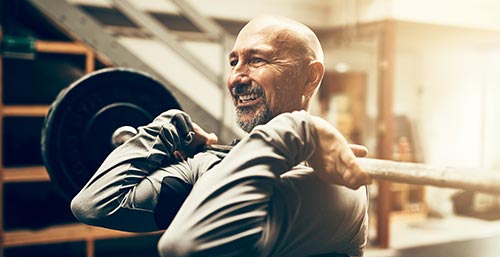
The long, cold winter had many remaining comfortably inside, staying relatively dormant until spring arrived.
But with sudden muscle exertion after months of inactivity, the risk for a hernia greatly increases, and the question then becomes what to do about it.
"There was a time not too long ago when hernia repair surgery meant extensive tissue damage that required extended recovery time," said Dr. Roy Hanks, a general surgeon at McLaren Macomb. "But with the advancements in surgical technology, we're able to perform this type of repair through a much less invasive procedure, which greatly benefits the patient."
While there are different types of hernias, the most common is the inguinal hernia, in which tissue protrudes through the abdominal wall, creating a bulge.
Dr. Hanks is proficient in the da Vinci Surgical System, a robotic surgical system that allows him to perform procedures via small incisions, resulting in less recovery time and a quicker return to activity.
The symptoms of a hernia include pain and/or discomfort in the lower abdomen that increases when bending over, coughing or lifting items.
"While all cases are unique, after surgery, patients can expect to make a recovery with minimal pain and enjoy the activities they once did before the hernia got in the way," Dr. Hanks said.
To learn more, visit mclaren.org/main/da-vinci-hernia-repair-surgery.